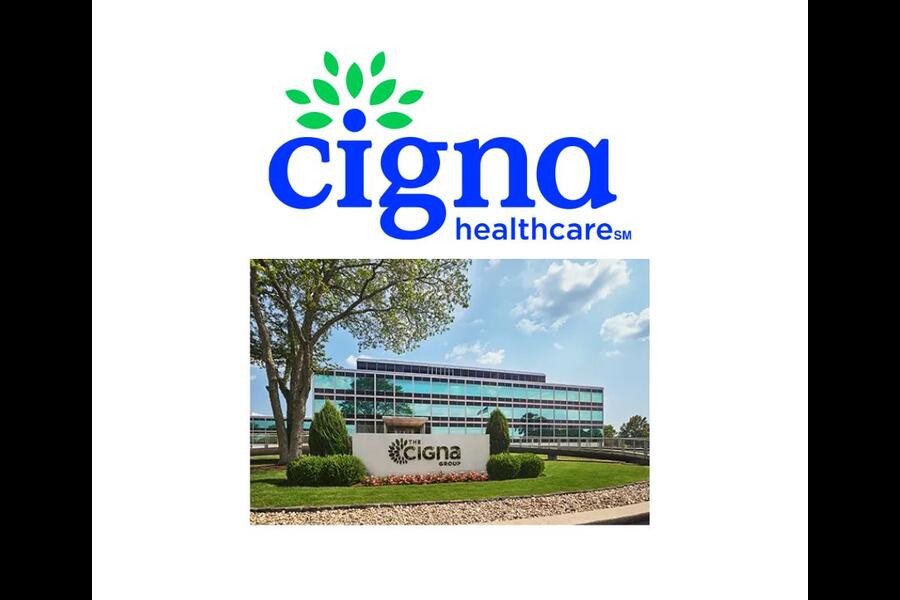Cigna Corporation is a global health services company headquartered in Bloomfield, Connecticut. Operating primarily through its Cigna Healthcare and Evernorth Health Services segments, the company offers a broad range of medical, dental, behavioral health, pharmacy, vision, supplemental benefits, and other related products and services. Cigna serves over 190 million customer relationships in more than 30 countries and jurisdictions, focusing on delivering affordable, predictable, and simple health coverage.
Historical Major M&A Activity:
Cigna has strategically expanded and refined its portfolio through a series of mergers and acquisitions. Below is a chronological list of notable deals:
- 2004 – Acquired Great-West Healthcare for $1.5 billion.
- 2008 – Purchased Sagamore Health Network (undisclosed amount).
- 2010 – Acquired Vanbreda International (undisclosed amount).
- 2011 – Bought FirstAssist Insurance Services (undisclosed amount).
- 2012 – Acquired HealthSpring for $3.8 billion.
- 2013 – Purchased Alegis Care (undisclosed amount).
- 2014 – Acquired QualCare Alliance Networks (undisclosed amount).
- 2015 – Attempted merger with Anthem for $54 billion (blocked in 2017).
- 2017 – Bought Brighter, a digital health platform (undisclosed amount).
- 2018 – Acquired Express Scripts for $67 billion.
- 2019 – Purchased Zurich Insurance’s life insurance business in the Middle East (undisclosed amount).
- 2020 – Acquired MDLIVE, a telehealth provider (undisclosed amount).
- 2021 – Bought Bright.md, a virtual care platform (undisclosed amount).
- 2022 – Acquired CareAllies, a care management company (undisclosed amount).
- 2023 – Purchased a majority stake in VillageMD for $5.2 billion
Note: Some deal values are undisclosed due to confidentiality agreements.
Divestitures: Strategic Refocusing
Cigna has also divested certain business units to streamline operations and focus on core competencies:
- 2020 – Sold its group life and disability insurance business to New York Life for $6.3 billion.
- 2022 – Divested life, accident, and supplemental benefits businesses in six Asia-Pacific markets to Chubb for approximately $5.4 billion.
- 2023 – Sold its Medicare Advantage business to Health Care Service Corporation for $3.3 billion.
These divestitures allowed Cigna to concentrate on its health services and insurance segments, aligning with its strategic vision.
Recent Activities: 2024–2025
In the past two years, Cigna has undertaken significant strategic initiatives:
- 2024 – Resumed merger discussions with Humana, aiming to create one of the largest health insurers in the U.S.
- 2024 – Announced a $10 billion share buyback program, utilizing proceeds from recent divestitures.
- 2025 – Officially ruled out the merger with Humana, citing strategic misalignment and potential antitrust challenges.
These actions reflect Cigna’s commitment to shareholder value and strategic growth within its core business areas.
Successes and Challenges
Successes:
- Express Scripts Acquisition (2018): This $67 billion deal significantly expanded Cigna’s pharmacy benefit management capabilities, enhancing its competitive position in the healthcare market.
- Strategic Divestitures: Selling non-core businesses allowed Cigna to focus on its primary health services operations, improving operational efficiency and financial performance.
Challenges:
- Anthem Merger Attempt (2015): The proposed $54 billion merger was blocked by a federal judge in 2017 due to antitrust concerns, resulting in legal disputes and financial costs.
- Humana Merger Discussions (2024–2025): Despite initial interest, the merger was ultimately abandoned due to strategic differences and regulatory hurdles.
Strategic Decisions and Rationale
Cigna’s M&A strategy has been guided by a focus on expanding its health services offerings and divesting non-core businesses. The acquisition of Express Scripts exemplifies its commitment to integrating pharmacy services, while divestitures like the sale to Chubb demonstrate a shift towards concentrating on health insurance and services. These decisions aim to enhance shareholder value, streamline operations, and position Cigna as a leader in the evolving healthcare landscape.
Final Thoughts and Outlook for the Future
Cigna’s M&A history reflects a deliberate, strategic evolution toward becoming a dominant force in health services, emphasizing integration, innovation, and customer-centric care. Its aggressive acquisition of Express Scripts marked a turning point, positioning the company at the intersection of insurance and pharmacy benefit management. Meanwhile, calculated divestitures of life and supplemental businesses signaled a clear intent to sharpen focus and shed distractions. Looking ahead, Cigna is likely to double down on digital health, value-based care, and global expansion, especially through its Evernorth Health Services platform. While regulatory scrutiny will continue to shape the M&A landscape, Cigna’s disciplined capital deployment—evident in its massive share repurchase plans—suggests confidence in organic growth and operational resilience. With a strong balance sheet, clear strategic vision, and adaptability in a rapidly changing healthcare ecosystem, Cigna is well-positioned for sustainable long-term growth.

